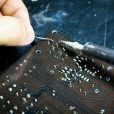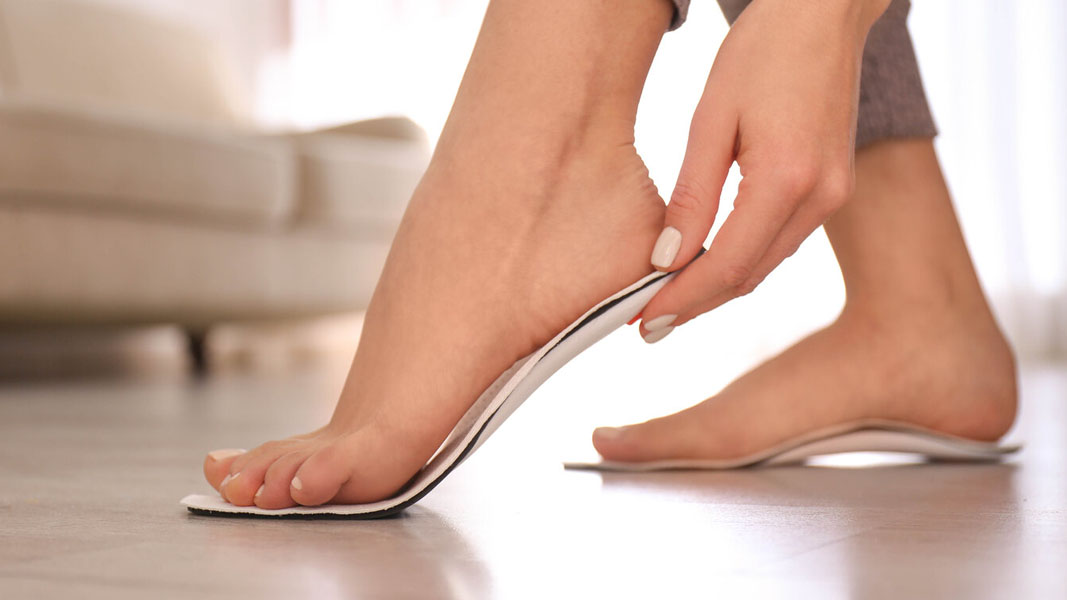Diabetes – it’s the silent killer which affects 5% of the Australian population directly and many more indirectly, often as an underlying condition behind heart disease. Unfortunately for those 1.2 million Australians living with diabetes, the risk of foot ulcers and vision loss are a regular threat without adequate management of the disease which in too many cases lead to amputation and blindness respectively.
For many Australians, adequate disease management is significantly more difficult due to limited access to healthcare in remote areas and the need for timely access to specialised care. Addressing these issues, researchers from the University of Queensland and Queensland University of Technology have teamed up with Aussie manufacturing company iOrthotics and the MyFootDr network of podiatry clinics to tackle the growing chronic health conditions in rural Australia.
As pioneers and global leaders in the manufacturing of 3D printed orthotics, iOrthotics has developed advanced technology in the world of orthotic manufacturing where their products are distributed across Australasia and North America.
Seeking to advance the capabilities of orthotics further, iOrthotics was granted a $2.1 million Cooperative Research Centres Grant to evaluate whether using advanced scanning and smart orthotic technology could improve health service delivery and patient health outcomes.
Foot ulcers remain one of the biggest complications for diabetes patients that result in more than 4,400 amputations every year. Australians spend $14.6 Billion annually on diabetes management and treatment.
In many cases, foot ulcers can be prevented according to iOrthotics Founder, Dean Hartley.
“Working closely with researchers from QUT and UQ, we are seeking to refine the ability to take 3D images of a person’s foot using commercially available devices, and then manufacture a 3D printed smart orthotic that aims to prevent foot ulcers from developing,” said Hartley.
“Simultaneously, the smart orthotic will be used to measure variables known to be associated with foot ulcers. For example, the device will be able to measure pressure, temperature, walking speed and other variables known to be associated with foot ulcers and provide the research team real-time data via a custom designed app.
“This will allow the team to monitor and measure the effectiveness of the interventions and provide clinicians on the ground access to real-time information so they can make data driven decisions for individual patients presenting for care.”
The manufacturing of orthotics has taken significant strides over the past decade with iOrthotics, a wholly-owned subsidiary of allied health company Healthia (ASX: HLA), having established its position as the largest orthotics manufacturer in Australia. Utilising 3D printing technology, the orthotics are custom made from digital scans of a patient’s feet and then printed in a way that reduces landfill waste by more than 95% compared to traditional manufacturing methods.
By integrating smart technology into 3D printed orthotics for the purpose of data collection and health alerts, proactive management could soon go a long way to reducing the 1,700 deaths recorded each year as a direct result of foot ulcers and lower limb wounds.
—
References: Australian National Diabetes Strategy 2021-2030
- Harris Technology to expand refurbished tech division amid rising demand from cost-conscious Australians - April 30, 2025
- Harris Technology secures major investment from Taiwan’s FSP Technology at 100% premium - March 10, 2025
- ARC Funds acquires 30% of auzbiz Capital as latest direct-to-investor marketing venture - October 8, 2024













Leave a Comment
You must be logged in to post a comment.